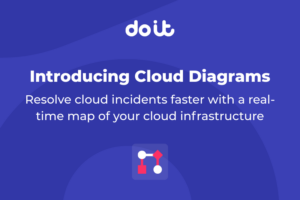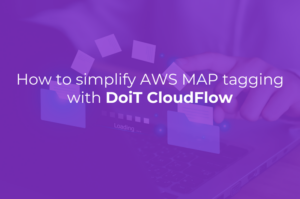Most FinOps stories start with a heat-map of underused instances and end with a triumphant “we saved 20 percent.” Nice.
But what happens next month when a “quick win” knocks over your SLA, or when the ops team realises every core in production is red-lined … doing pointless work?
Welcome to three common blind spots in modern cloud cost management:
- The Blunt Axe — slashing anything that looks expensive without asking why it was built that way.
- The Illusion of Efficiency — believing a workload is healthy because utilisation is high, even though most of that utilisation produces no customer value.
- The Illusion of Local Optima
Assuming that improving an individual component automatically improves the system as a whole. In complex systems, the best local choice can be a global loss. True story: we once spent a sprint shaving $2 k/month off a dev-only cluster. The same engineer-hours would have shipped a feature projected to add $50k/month in new MRR. The optimisation “paid for itself” — but at a 25× opportunity cost.

Intent-aware FinOps tackles both.
Intent-Aware FinOps in one sentence
Never touch a cloud bill until you know which architectural promise each dollar defends.
Latency targets, recovery objectives, compliance rules, and time-to-market all count as promises. If an optimisation threatens any of them, or distracts from higher-ROI work, it isn’t a win.
The Illusion of Efficiency: busy doesn’t mean valuable
High utilisation looks great on a dashboard but can mask colossal waste. Here are three real-world cases we’ve seen, and how fixing the workload beat any instance tweak:
Spark job stuck at 70 % CPU for four hours every night
What looked efficient: the cluster kept its nodes busy.
Reality: 80 % of the data was pinned to one skewed key, leaving straggler tasks running forever.
Fix the workload: repartition and salt that key. The job finished in 45 minutes on a cluster one-third the size.
Database pushing 85 % IOPS
What looked efficient: the RDS instance was “fully utilised.”
Reality: every query was doing full-table scans because two critical indexes were missing.
Fix the workload: add the indexes. Latency dropped ten-fold, and the DB was able to downshift two sizes.
GPU inference fleet hovering at 60 % utilisation
What looked efficient: pricey A100s were always busy.
Reality: the model was tiny and requests were processed one at a time, leaving the GPU idle between calls.
Fix the workload: batch 32 requests (or move to CPU-based Inferentia). Per-prediction cost plummeted.
In each case, rightsizing alone would have shaved a little off the bill, but fixing the workload first delivered bigger savings and better performance.
The four pillars of Intent-Aware FinOps
Capture context
Tie every cost line to a workload, owner and business KPI (revenue per request, build minutes saved, compliance requirement met). Numbers only matter if they tell a meaningful story.
Interrogate intent
For each resource, ask this: Which promise does this fulfil? Multi-AZ replicas protect revenue during an outage. Full-fidelity logs guarantee five-minute MTTR. If nobody remembers the promise, maybe the resource is truly optional — but never assume.
Fix the workload, then rightsize
Hunt for design waste — polling loops, missing indexes, chatty debug logs. Remove that waste, and performance usually improves while costs drop. Only after that do you resize, schedule, or decommission.
Optimise safely and document
Automate changes behind guardrails (SLA, security tier, compliance mandate) and record the new intent. Next quarter’s FinOps review shouldn’t start from scratch.
A practical playbook
- Baseline with business KPIs — Track cost and customer-facing metrics. If checkout latency is steady while cost per transaction falls, you’re winning.
- Instrument everything — APM traces, query plans, task-level metrics. Utilisation alone can’t reveal design flaws.
- Run workload reviews — Pair engineers with FinOps practitioners. Ask: What would happen if this job ran half as often? Why does this service need GPUs?
- Automate reversible changes — Use tools (yes, including DoiT Cloud Intelligence™) to schedule, tag, and enforce policies with one-click rollbacks.
- Write it down — A short “intent” note in a repo or Wiki beats tribal memory. Future cost reviews need that context.
How does DoiT Cloud Intelligence™ support Intent-Aware FinOps?
Our platform correlates spend, performance, and reliability signals, then pairs them with specialists who ask the “why” questions. Together we:
- Expose the “Illusion of Efficiency” by linking costs to outcomes, not utilisation graphs.
- Flag the “Illusion of Local Optima” by showing trade-offs against roadmap velocity.
- Automate fixes only when they protect or enhance the promises that matter most.
Takeaway
A low invoice is pointless if customers churn or feature velocity stalls. Intent-aware FinOps flips the goal from “spend less” to “spend only on what keeps — or grows — our promises.” Sometimes that means refactoring a noisy workload before rightsizing it.
Sometimes it means doing nothing and shipping the feature that wins the next customer. The hard part isn’t choosing a lever; it’s choosing the lever that serves the whole system.


